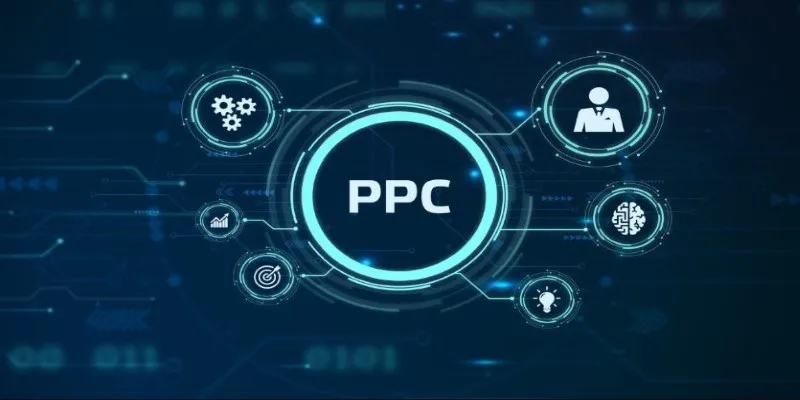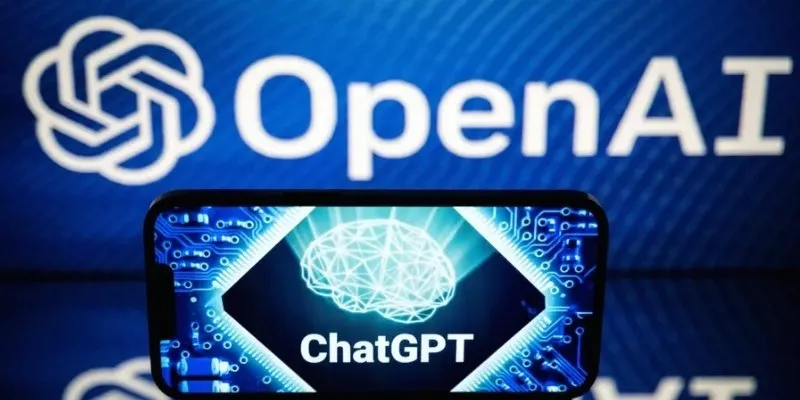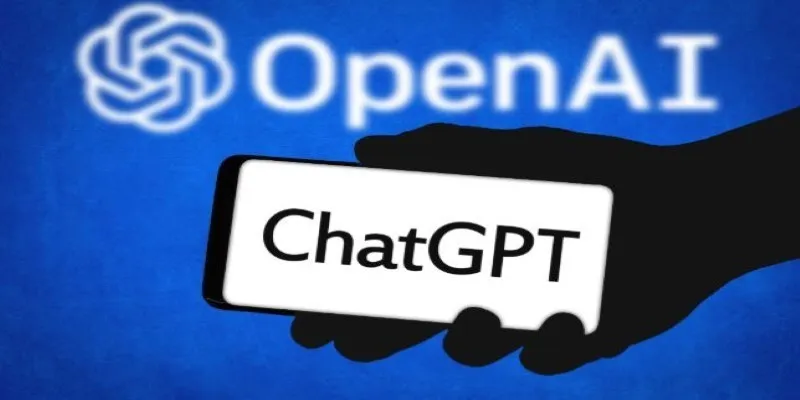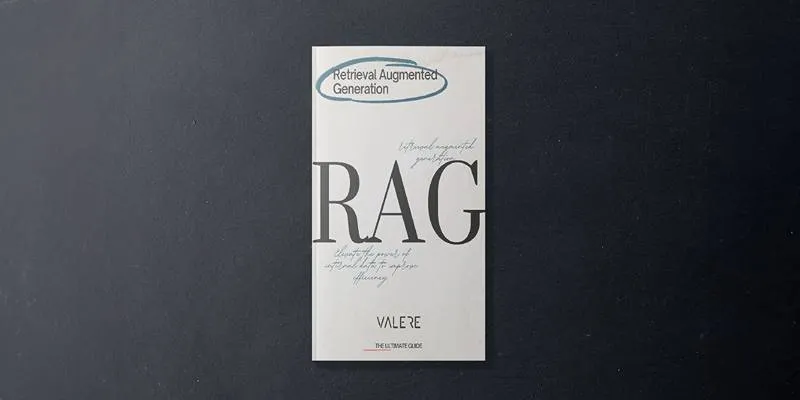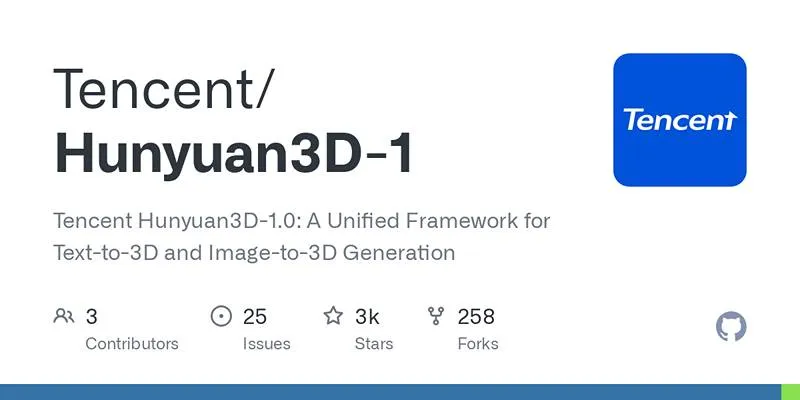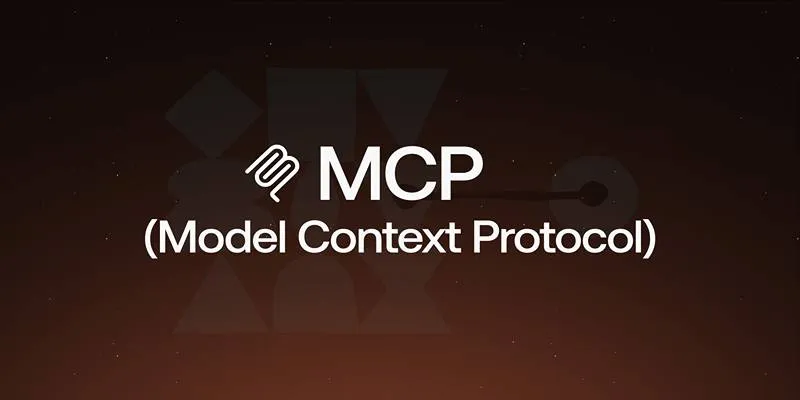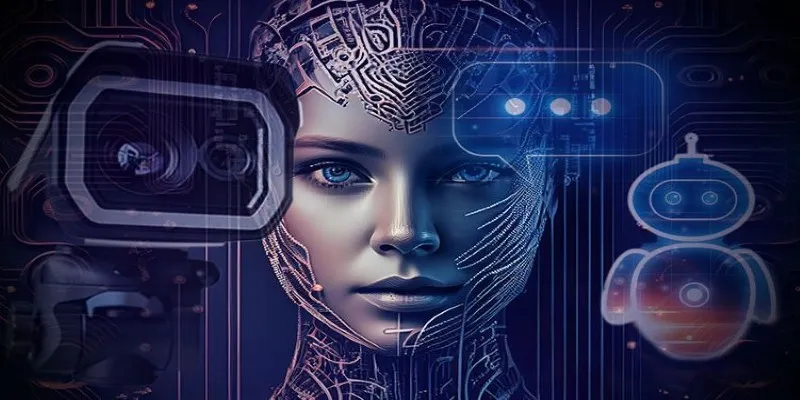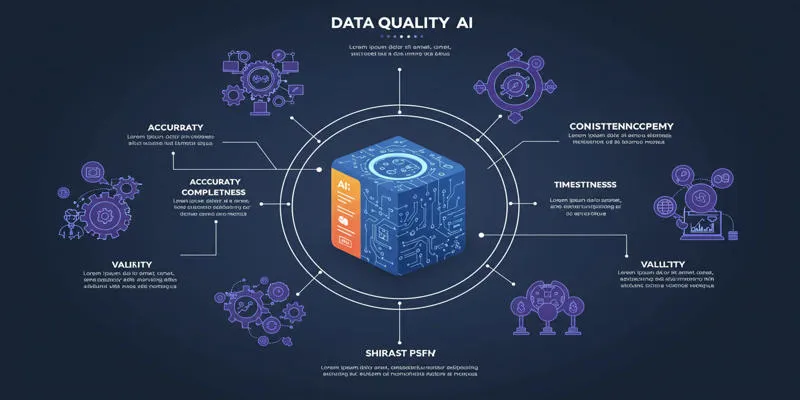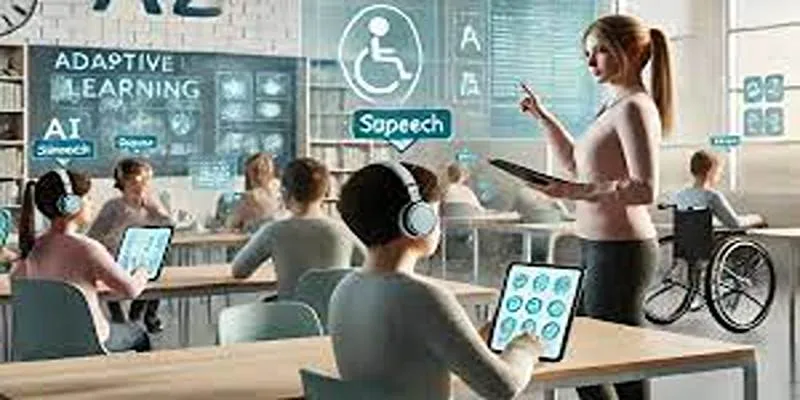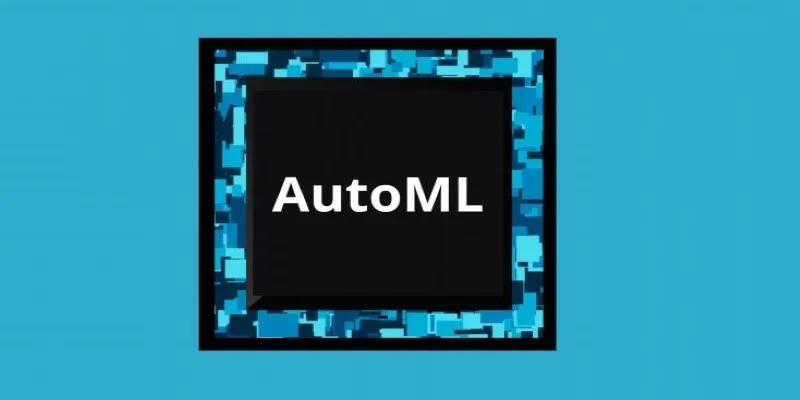The advancement of artificial intelligence is rapidly accelerating, and one of the most thrilling developments recently is the introduction of Pixtral-12B—the first multimodal model by Mistral AI. This model builds upon the company’s flagship Nemo 12B model, integrating both vision and language to process text and images seamlessly in a single pipeline.
Multimodal models are at the forefront of generative AI, and Pixtral-12B marks a significant step in making these technologies more accessible. In this post, we’ll delve into what Pixtral-12B is , its unique features, operational mechanisms, and its implications for the future of AI.
Pixtral-12B’s Architecture
At its foundation, Pixtral-12B is an enhanced version of the Nemo 12B, Mistral’s flagship language model. Its uniqueness lies in the addition of a 400 million parameter vision adapter specifically designed to process visual data.
The model architecture includes:
- 12 billion parameters in the base language model
- 40 transformer layers
- A vision adapter utilizing GeLU activation
- 2D RoPE (Rotary Position Embeddings) for spatial encoding
- Special tokens like img, img_break, and img_end for managing multimodal input
Pixtral-12B supports images up to 1024 x 1024 resolution, using either base64 encoding or image URLs. Images are split into 16x16 patches, enabling the model to interpret them in a detailed, structured manner.
Multimodal Capabilities: Bridging Vision and Language
Pixtral-12B is engineered to blend visual and textual information in a unified processing stream. This means it processes images and accompanying text simultaneously, maintaining contextual integrity.
Here’s how it accomplishes this:
- Image-to-embedding conversion : The vision adapter converts pixel data into embeddings interpretable by the model.
- Text and image blending : These embeddings integrate with tokenized text, helping the model understand the relationship between visual and linguistic elements.
- Spatial encoding : The 2D RoPE preserves spatial structure and positioning within the image during embedding.
Consequently, Pixtral-12B can analyze visual content while grasping the context from surrounding text. This is particularly useful in scenarios requiring spatial reasoning and image segmentation.

This cohesive processing allows the model to perform tasks such as:
- Image captioning
- Descriptive storytelling
- Context-aware question answering
- Detailed image analysis
- Creative writing based on visual prompts
Pixtral-12B’s ability to handle multi-frame or composite images, understanding transitions and actions across frames, demonstrates its advanced spatial reasoning capabilities.
Multimodal Tokenization and Special Token Usage
A crucial aspect of Pixtral-12B’s success in processing images and text is its special token design. It uses dedicated tokens to guide its understanding of multimodal content:
- img: Indicates the start of an image input
- img_break: Denotes separation between image segments
- img_end: Marks the end of an image input
These tokens act as control mechanisms, allowing the model to comprehend the structure of a multimodal prompt. This enhances its ability to align visual and textual embeddings, ensuring visual context doesn’t interfere with text interpretation and vice versa.
Access and Deployment
Currently, Pixtral-12B isn’t available via Mistral’s Le Chat or La Plateforme interfaces. However, it can be accessed through two primary means:
1. Torrent Download
Mistral offers the model via a torrent link, allowing users to download the complete package, including weights and configuration files. This option is ideal for those preferring offline work or seeking full control over deployment.
2. Hugging Face Access
Pixtral-12B is also available on Hugging Face under the Apache 2.0 license, which permits both research and commercial use. Users must authenticate with a personal access token and have adequate computing resources, particularly high-end GPUs, to utilize the model on this platform. This access level encourages experimentation, adaptation, and innovation across diverse applications.
Key Features That Set Pixtral-12B Apart

Pixtral-12B introduces a blend of features that elevate it from a standard text-based model to a comprehensive multimodal powerhouse:
High-Resolution Image Support
Its ability to handle images up to 1024 x 1024 resolution, segmented into small patches, allows for detailed visual understanding.
Large Token Capacity
With support for up to 131,072 tokens, Pixtral-12B can process very long prompts, making it ideal for story generation or document-level analysis.
Vision Adapter with GeLU Activation
This component enables the model to adaptively process image embeddings, making integration with the core language model seamless and efficient.
Spatially-Aware Attention via 2D RoPE
The advanced vision encoder provides the model with a deeper understanding of how visual elements relate spatially, crucial for interpreting scenes, diagrams, or multi-frame images.
Conclusion
Pixtral-12B signifies a pivotal moment for Mistral AI and the broader open- source community. It is not only Mistral’s first multimodal model but also one of the most accessible and powerful open-source tools in image-text processing.
By smartly combining vision and language modeling, Pixtral-12B can interpret images in depth and generate language reflecting a sophisticated understanding of both content and context. From capturing sports moments to crafting stories, it demonstrates how AI can bridge the gap between what you see and what you express.
 zfn9
zfn9
